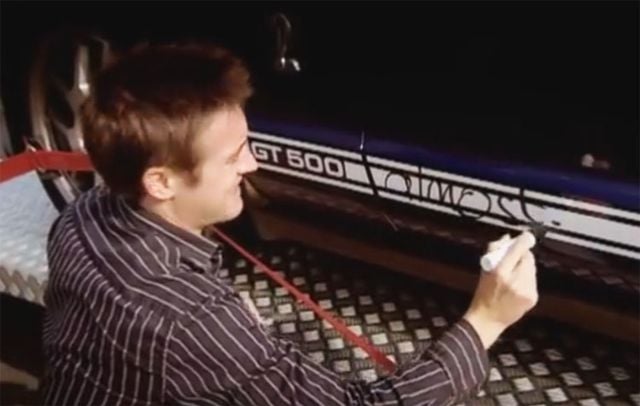bigtriangle68
·How did Omega arrive at the name Seamaster 300? After all, the 1950s and 60s Seamaster 300s were rated in product literature to 200 meters, not 300 meters. Other products in the lineup, like the Seamaster 120, were rated to 120 meters. So what did the "300" signify, if anything?
I came across the below comment online which claims the watch was tested to 300 meters at Lake Geneva and this is where the "300" name originated. Is this comment accurate and does anyone have any more info on the "true" depth rating of the 1950s and 1960s Seamaster 300?
======================================
"Omega successfully submerged prototypes of the watches to a depth of 300 meters - quite impressive for 1957 – at the bottom of Lake Geneva, hence the name Seamaster 300. However, the standard industry pressure rating equipment at the time, and not merely exclusive to Omega, was only good for testing a watch’s pressure resistance up to 200 meters. Coincidentally, the 1957 Breitling SuperOcean was officially rated at 200 meters WR, the industry’s maximum official rating of the era. So while the 1957 Omega Seamaster 300’s official water resistance rating was 200 meters, it could in reality go much deeper."
I came across the below comment online which claims the watch was tested to 300 meters at Lake Geneva and this is where the "300" name originated. Is this comment accurate and does anyone have any more info on the "true" depth rating of the 1950s and 1960s Seamaster 300?
======================================
"Omega successfully submerged prototypes of the watches to a depth of 300 meters - quite impressive for 1957 – at the bottom of Lake Geneva, hence the name Seamaster 300. However, the standard industry pressure rating equipment at the time, and not merely exclusive to Omega, was only good for testing a watch’s pressure resistance up to 200 meters. Coincidentally, the 1957 Breitling SuperOcean was officially rated at 200 meters WR, the industry’s maximum official rating of the era. So while the 1957 Omega Seamaster 300’s official water resistance rating was 200 meters, it could in reality go much deeper."
